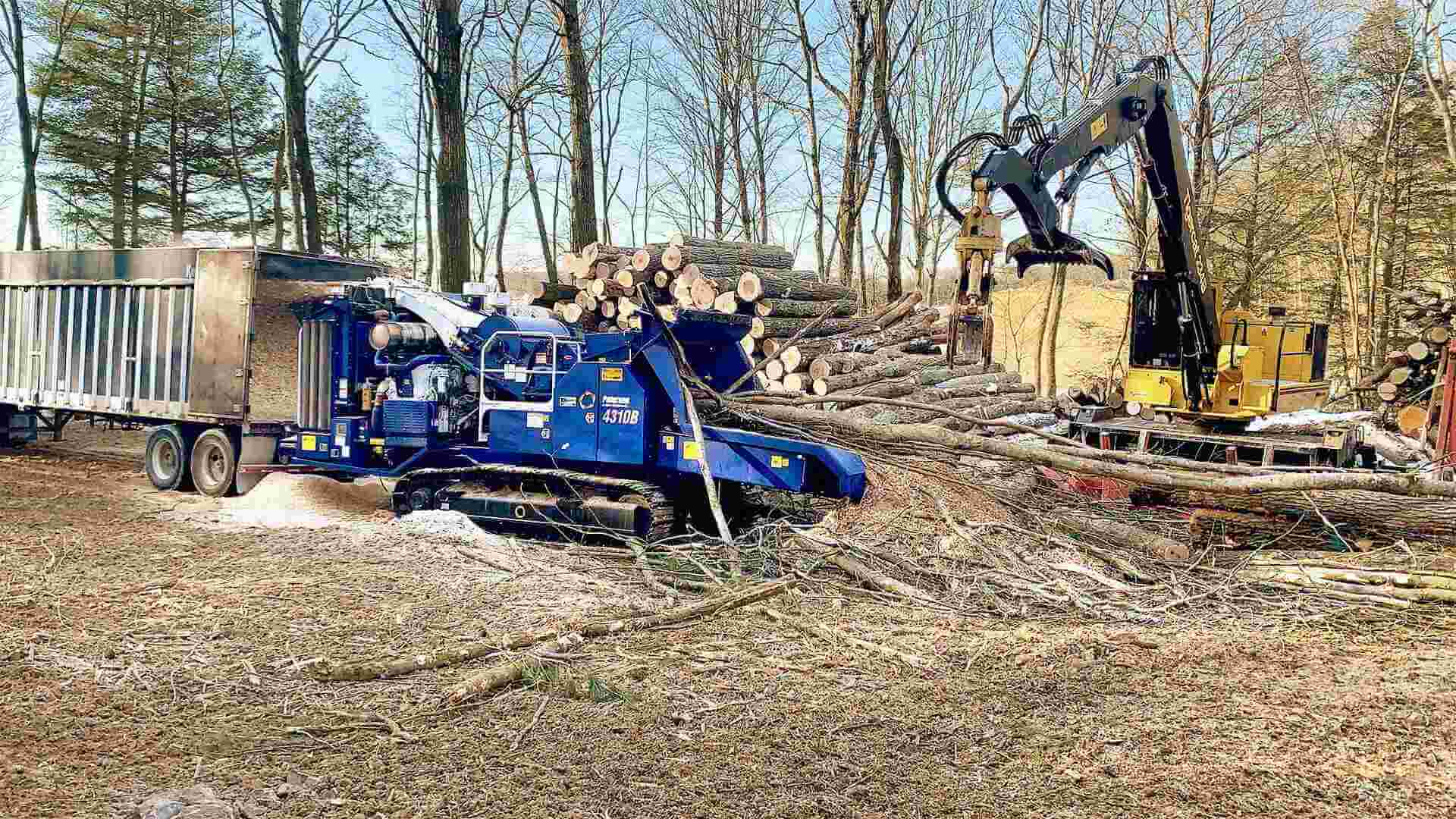Microchips
Microchips For Pellets
Pellet mill feedstock – the initial form and size of wood fiber for the start of the pellet making process, is primarily wood chips. Feedstock is often a blend of debarked chips and non-debarked chips in order to meet the pellet customer’s ash content specifications. Desired chip size varies depending on an individual mill’s secondary sizing and drying equipment capabilities. The trend with most pellet mills has been to procure the smallest possible chips straight from the source, most commonly from in-field microchips.
Microchip is a term used to describe very small wood chips ranging from 1/8” length to 3/8” length. These small chips can either bypass the first hammer mill processing or pass through the hammer mill, increasing productive capacity. Smaller feedstock increased mill throughput for both hammer mill and drying operations. Microchips provide a range of fiber lengths and geometry needed to manufacture hard, durable wood pellets that can be effectively transported with a minimal amount of fines created from handling.
Microchipping
In-field microchipping provides the highest possible utilization as most small stems, limbs, tops and other logging residues are processed along with the traditional pulpwood sized stems. Loggers, landowners and timberland managers recognize economic and aesthetic benefits from increased utilization and fiber yield.
Portable microchippers have also proven to be effective backup for on-site pellet mill chipping (woodyard operations). If a mill chipper is down for maintenance or the mill needs extra chip production, a portable microchipper can be brought on-site to process roundwood into the pellet mill’s required feedstock.


